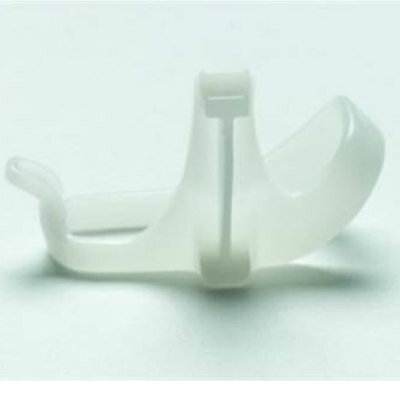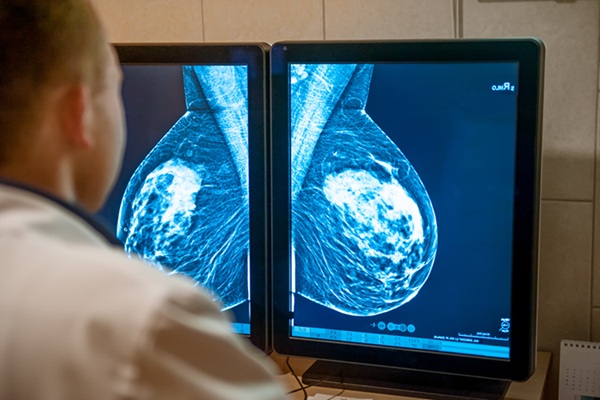Anticancer Radiotherapy Shows Potential as Alternative to Brachytherapy
By MedImaging International staff writers
Posted on 28 Nov 2012
A promising new approach for treating solid tumors with radiotherapy was shown to be very effective and negligibly toxic to healthy neighboring tissue in lab mouse models of cancer.Posted on 28 Nov 2012
Some patients with solid tumors, including prostate cancer, are treated using a clinical treatment called brachytherapy. Brachytherapy involves the surgical implantation of radioactive “seeds” within a patient’s tumor to expose the tumor cells to high levels of radiation while minimizing the negative side effects of radiation on the rest of the body. The study’s findings were published November 17, 2012, in Cancer Research, a journal of the American Association for Cancer Research.
“The use of brachytherapy is limited by several factors,” said Wenge Liu, MD, PhD, associate research professor of biomedical engineering at Duke University (Durham, NC, USA). “The most prominent factor is the need for surgical implantation and removal of the seeds. We set out to develop an alternative approach to brachytherapy that would eliminate the need for surgery.”
Dr. Liu and his colleagues generated an injectable substance, called a polymer, attached to a radioactivity source that spontaneously assembled into a radioactive seed after being injected into a tumor. In all, lab mice transplanted with either a human prostate cancer-cell line or a human head and neck cancer-cell line, injection of the radioactive polymers into the growing tumors considerably suppressed tumor growth. In more than 67% of the mice, the tumors were eradicated by only one injection. Additional analysis indicated no indication that cells outside the tumor had been exposed to significant amounts of radiation in any of the animals injected with the radioactive polymers.
“We believe that this approach provides a useful alternative to existing brachytherapy, which requires a complicated surgical procedure to implant the radioactive seeds,” Dr. Liu said. “Moreover, these injectable seeds degrade after the radiation is exhausted, so they do not need to be surgically removed.”
Related Links:
Duke University














